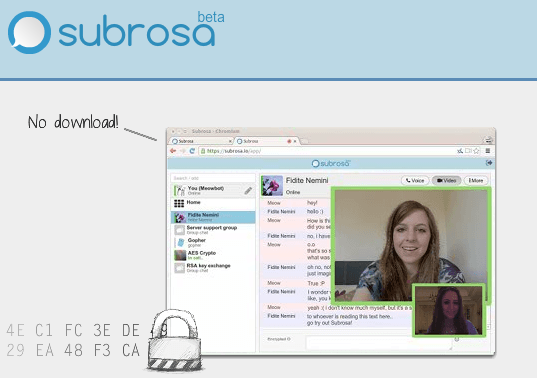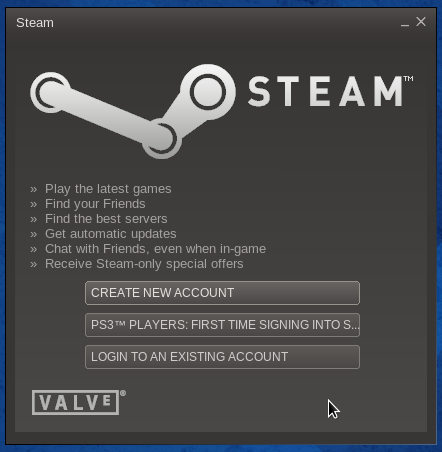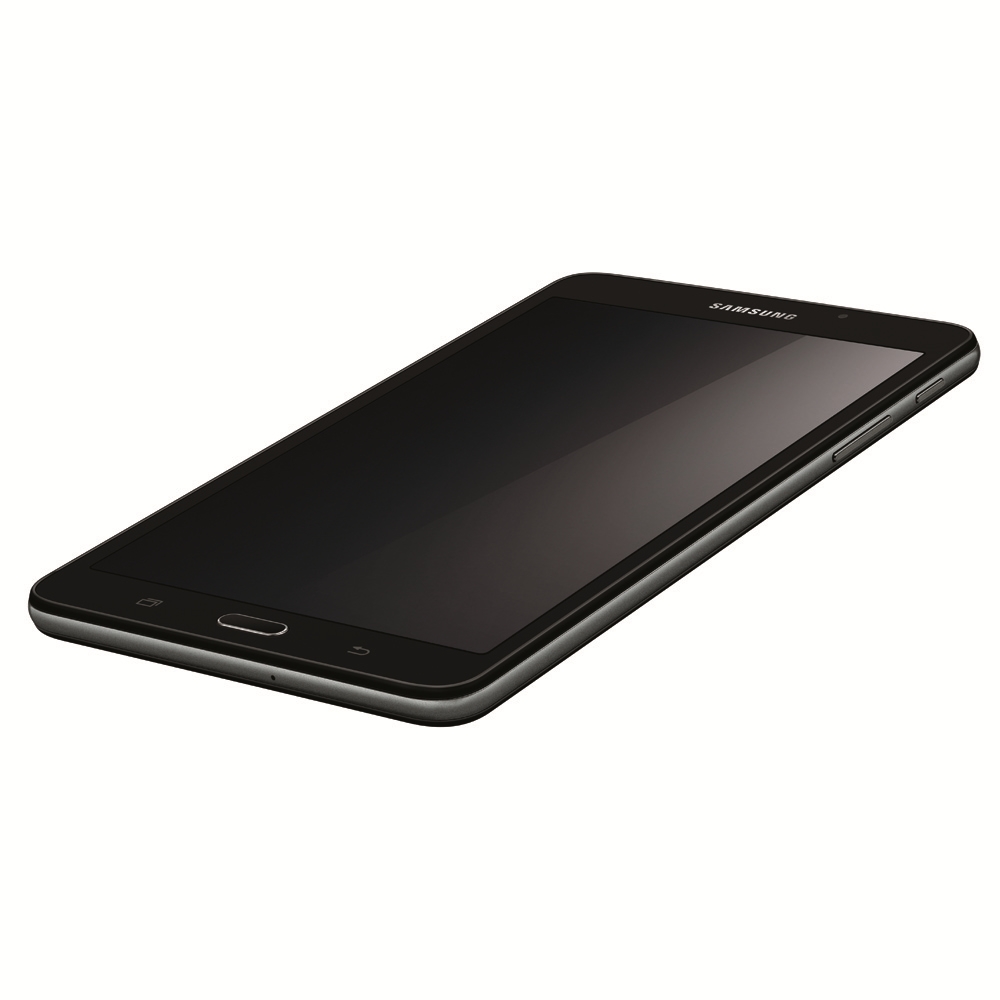Technion, a blogger who maintains lolware.net, recently disclosed a backdoor in StoreOnce 4210 product, an HP storage hardware for enterprise users.
He revealed the username and password of the backdoor here.
How did HP respond?
By issuing a security bulletin that misleads by passing the backdoor off as a bug – a vulnerability. The complete content of the security bulletin follows:
A potential security vulnerability has been identified with the HP StoreVirtual Storage. This vulnerability could be remotely exploited to gain unauthorized access to the device.
All HP StoreVirtual Storage systems are equipped with a mechanism that allows HP support to access the underlying operating system if permission and access is provided by the customer. This functionality cannot be disabled today.
HP StoreVirtual products are storage appliances that use a custom operating system, LeftHand OS, which is not accessible to the end user. Limited access is available to the user via the HP StoreVirtual Command-Line Interface (CLiQ) however root access is blocked.
Root access may be requested by HP Support in some cases to help customers resolve complex support issues. To facilitate these cases, a challenge-response-based one-time password utility is employed by HP Support to gain root access to systems when the customer has granted permission and network access to the system. The one-time password utility protects the root access by preventing repeated access to the system with the same pass phrase. Root access to the LeftHand OS does not provide access to the user data being stored on the system.
Anybody with half a brain knows that HP is lying. A vulnerability is an unintentioned coding error. It happens all the time and can happen to any coder – guru or beginner. And a backdoor? That’s a well-placed block of code that gives a coder access to a device or software, bypassing any security tool used to prevent access to it by unauthorized persons. In other words, a backdoor does not happen by accident. It is intentionally designed and inserted into a product by a coder.







